I witnessed The third episode of the Assassin series Hassan Al-Sabah was expelled from Egypt by Minister Badr Al-Din Al-Jamali, after he insisted on this and was given the choice between cutting off his head. We saw swords being unsheathed and taken out of their holsters in some of the episode’s clips. Swords have a great history that has existed since the Old Testament, as they were one of the most important tools of war. Created by humans, in our next report we learn about ten of the most terrifying swords in the world, according to the “mentalfloss” website.
1. Al Khubesh
It is believed to have evolved from axes or agricultural tools. It was the first human body-cutting weapon made of bronze and then made of iron. It was 50 to 60 cm long. Only the outer edge of the curved blade was sharp. The weapon was a symbol of power, and several pharaohs owned a khopesh, including Ramesses II and Tutankhamun, who was buried with it. The Hittites were used as a weapon against the Assyrians in their battles.
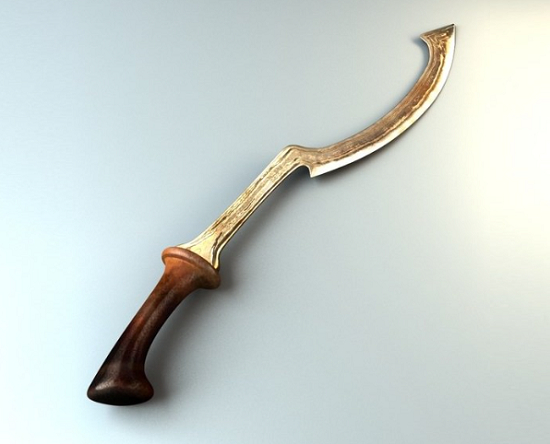
Al-Khobish
2. Ulfbehrt’s sword
The strong, lightweight and flexible Ulfberht blades are made of an amazingly pure metal called crucible. They are 100 cm long and weigh 1 kg. Today’s best blacksmiths find it difficult to reproduce these swords, which are much better than what existed in the Middle Ages.

Ulfbehrt’s sword
3. Khanda or Kanda sword
The tip of this weapon was blunt, so it could have been bad for stabbing enemies. The point of the sword was broad and not convex. The Indians used it to cut off the heads of enemies because the sword was very heavy. This sword was often used on Indian religious occasions.
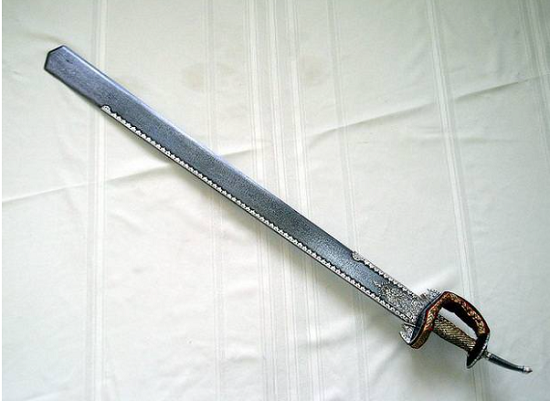
Kanda sword or Khanda
4- The sword of the executioner Njombe
In the 19th and 20th centuries, European explorers made numerous sketches of tribal Congolese beheading prisoners with this ferocious weapon. The extent to which their dramas reflect reality is debatable.

My stars
5. Flamard
Swords with wavy blades were a staple of the Renaissance. Flamard fanciers mistakenly believed that this wavy design could cause more fatal wounds. The shape did offer one real dueling advantage, though: when an opponent’s sword passed through one of these curves, those curves would slow him down.
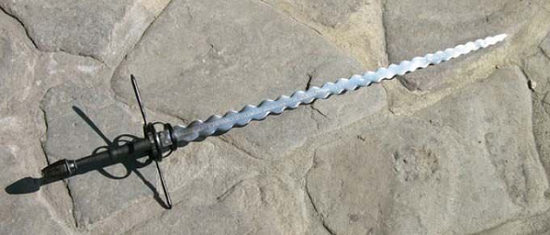
Flamard
6. Chinese hook sword
Not only do these weapons feature curved tips, they also feature sharp guards to protect the hand, and according to a 1985 issue of Black Belt Magazine, “when combined, two curved swords can easily tear apart an opponent.”

Chinese sickle sword
7. Kilij sword
The first kilig appeared in Türkiye around 400 AD in the Ottoman Empire. An ideal choice for knights, this style of sword can maim those with their feet on the ground with devastating efficiency. The weapon features a balance point at its front rather than its hilt, making it gain greater force when striking.
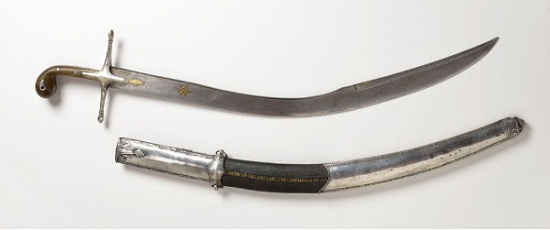
Kilij swords
8. Stock sword
This sword was used in the 14th century on the European continent. Armor does not always guarantee safety. Renaissance swordsmen could slice through links with the estok, a dull-edged sword designed specifically for this purpose. With a pointed head, without blades, and a meter long.
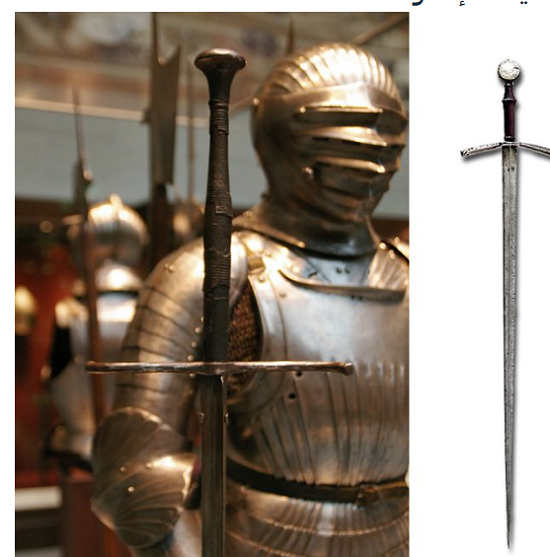
Stock
9. Zafinder’s sword
The sword’s name means “double-handed,” and these weapons were so large that swordsmen actually needed two hands to use them. According to one tale, the swords were so powerful that they could decapitate up to seven victims with a single blow. Its weight ranges from 2 to 3 kilograms, and its length is 180 cm.
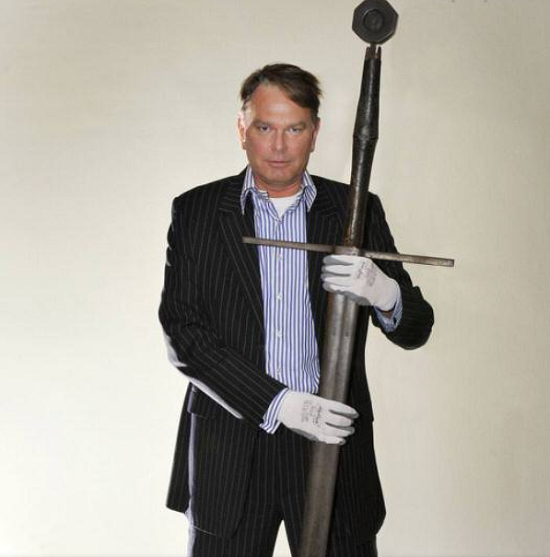
Zafinder’s sword
10. Oromi sword
The best bladed weapons are at least somewhat flexible, but the Uromi is quite flexible. When swung, it acts like a whip. A metal whip with two sharp edges. He’s 121 to 167 cm tall, if that description doesn’t scare you, then this demo should do the trick.
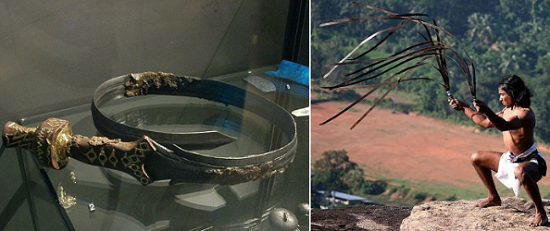
Arumi sword
The story of the Assassins series
The Assassins series A historical series whose events take place in the eleventh century, in northern Persia, where Hassan al-Sabah founded a group of the most loyal to the Ismaili faith and called it “the Fedayeen”… men who did not care about death in order to achieve their goal, as these Fedayeen struck terror into the hearts of hostile rulers and princes. They were able to assassinate many very important figures.
Heroes of the Assassin series
The series “The Assassins” will be shown as part of the Ramadan 2024 seriesStarring Karim Abdel Aziz, Fathi Abdel Wahab, Nicolas Moawad, Mirna Nour El-Din, Ahmed Eid, Islam Gamal, Mohamed Radwan, Sami El-Sheikh, Omar El-Shenawy, Nour Ihab, Suzan Najm El-Din, Yasser Ali Maher, Basant Abu Pasha and a large number of artists. And Guests of Honor, written by Abdel Rahim Kamal, directed by Peter Mimi, and produced by Synergy Company.
Watch more news about Ramadan 2024 series through the Ramadan Drama portal
.jpg)
The Assassins series
.jpeg)

